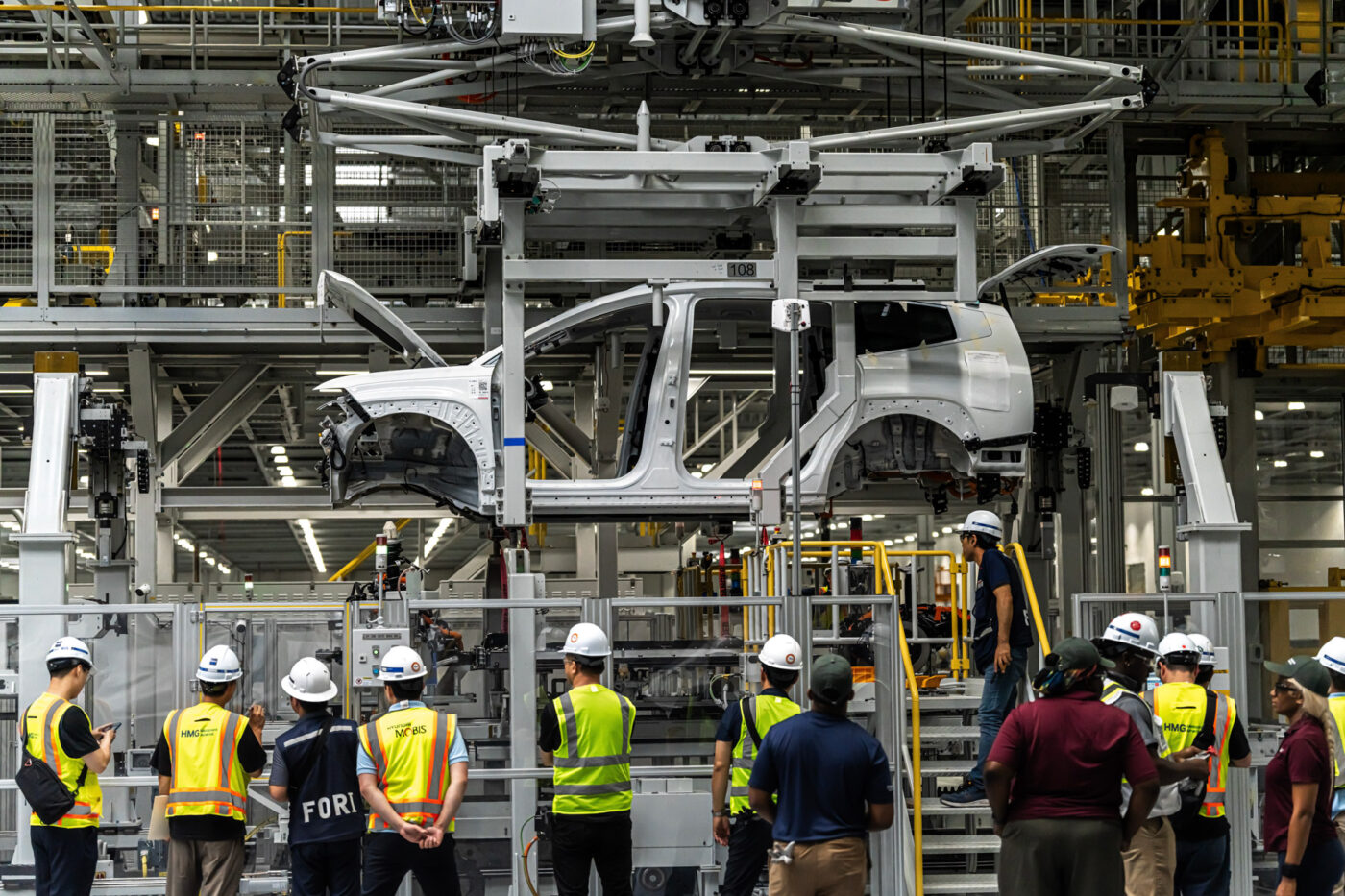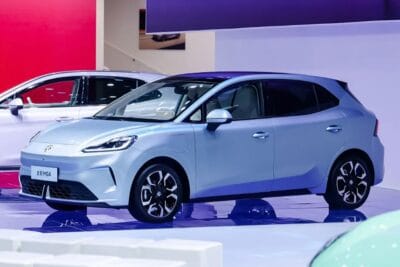Trump extends tariff breaks, adds new duties on trucks and buses
First, to the exemptions for US-built cars with imported parts: manufacturers can reclaim up to 3.75 per cent of the retail price of their vehicles. The measure was initially set to expire in 2027, with the refund rate to drop to 2.5 per cent from the second year onwards. This has now been extended – with refunds of up to 3.75 per cent – until 2030.
Trump introduced the tariff exemptions at the end of April to offer carmakers assembling vehicles in the US a degree of financial support. Imported parts were still subject to a 25 per cent tariff under the original rules, but manufacturers were unable to adjust their supply chains quickly enough.
The regulation applies to all vehicles assembled in the United States, including electric cars. However, the level of relief depends on the share of domestically sourced components in each vehicle. A model comprising 85 per cent of parts from the US or the USMCA area (United States–Mexico–Canada Agreement) would be exempt from tariffs, while a vehicle with a 50 per cent domestic share would still be subject to tariffs on part of its value.
There are not only updates on tariff relief but also new import duties: the US president has announced tariffs on imports of trucks and buses into the country. For trucks (specifically those in US Classes 3 to 8, meaning all vehicles over 10,000 pounds or 4,536 kilograms gross weight) and their components, the tariff rate will stand at 25 per cent. These duties take effect on 1 November 2025. As with cars, manufacturers can reclaim up to 3.75 per cent of the retail price for vehicles built in the US until 2030. “The tariff on medium- and heavy-duty truck parts will apply to key parts, including engines, transmissions, tires, and chassis,” the White House stated.
For buses, the tariff has been set at ten per cent. This will apply from November to school buses, city buses and coaches. The White House did not elaborate further on the bus tariffs; the published fact sheet primarily focuses on medium- and heavy-duty trucks.
The White House justified the new tariffs on national security grounds. In September, Trump said the truck tariffs were designed to protect manufacturers such as Paccar, Peterbilt, Kenworth and Daimler Truck subsidiary Freightliner from “unfair outside competition.” It is clear that the tariffs aim to bring more vehicle production back to the United States. According to Reuters, the new truck duties will primarily affect the southern neighbour: Mexico is currently the largest exporter of medium- and heavy-duty trucks to the US.
The US Chamber of Commerce had previously spoken out against the truck tariffs. After Mexico, Canada, Japan, Germany and Finland are the most important importers of trucks to the United States. They are all “allies or close partners of the United States posing no threat to U.S. national security,” the Chamber stated.
reuters.com, whitehouse.gov (fact sheet)
This article was first published by Sebastian Schaal for electrive’s German edition.





0 Comments